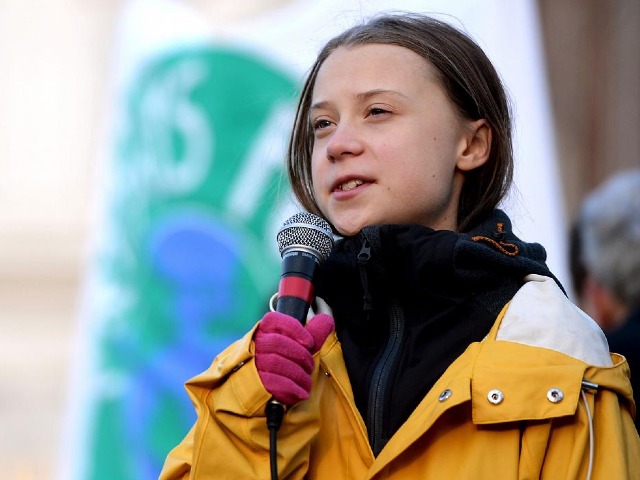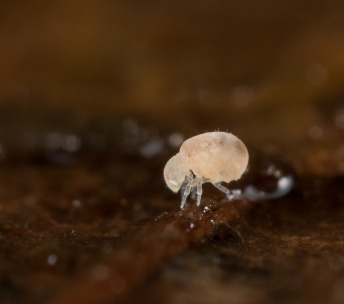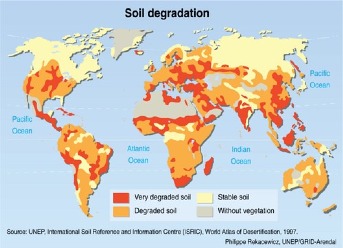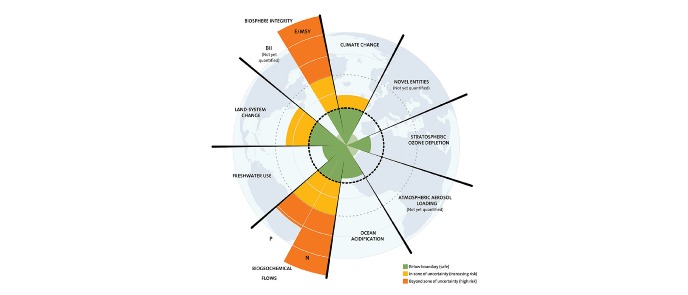A Cinderella story: Let's raise our soils from the dirt!

We all know the story of Cinderella: a beautiful princess neglected and mistreated for years until her friendly fairy godmother helped her achieve the life she was destined to have. What is the connection to the soil, you may ask? Is soil mistreated? Is it neglected? Does it need our help to regain its full potential? Yes, yes, and yes.
As a result of the rapidly growing world population and the high consumption lifestyle, Earth’s natural resources are under severe pressure.
It’s likely you are aware of the strikes demanding climate action, the beach clean-up events aimed at combating (plastic) pollution, and you may have seen at least one of the many films, documentaries, and commercials picturing biodiversity loss. Unfortunately, the global soil crisis probably does not ring a bell. Soil degradation is truly the Cinderella of our time.
Why should we care about the soil?
For many people nowadays, soil is not much more than the dirt on their shoes after a walk in the park, or the taste of sand in their mouth after forgetting to wash the spinach they bought from the local market.
Soil however is so much more than that. It is a beautiful, fragile, natural resource that is absolutely essential to life on earth. Technically speaking, it is a complex system of mineral and organic particles separated by pores filled with water and/or air. It is the living space of around 25% of the diversity of living organisms on earth.
From a human-centric point of view, soil performs many important functions and ecosystem services such as biomass production, water storage and purification, nutrient cycling, and climate regulation. As a result, soils are considered one of the most important factors in achieving the Sustainable Development Goals such as SDG 2: zero hunger, SDG 6: clean water and sanitation, SDG 13: climate action, and SDG 15: life on land.

What is the global soil crisis?
By now, you might agree on the importance of soil for life on earth, but still wonder what is meant by ‘global soil crisis’. Is there something going on with our soils? Unfortunately: Yes.
According to the Food and Agricultural Organisation (FAO), around 33% of the soils on Earth are moderate to severely degraded, and this number is expected to increase to 90% by the year 2050. The main causes of soil
degradation are intensive agriculture, deforestation, urban expansion, mineral extraction, heavy industry and increasingly, climate change.
Theconsequences of severe, widespread soil degradation are enormous. The loss of entire historical civilizations has been linked to their inability to protect the soil. At that time, however, the human population was smaller and less connected than at present, resulting only in the deterioration of local ecosystems and societies. Nowadays, soil degradation threatens to affect almost all terrestrial ecosystems and the entire human population.

How can we tackle the global soil crisis?
There is no simple answer to this question. The size alone of the human population already puts an enormous strain on our natural resources. Feeding humanity while making sure we do not degrade the soil is one of the biggest challenges of the 21 st century.
It is clear that our current approach is not sustainable. With soils rapidly degrading, we need to drastically change the way we treat our soils. The first step is to create awareness. For this, soil degradation needs to be put high on the agenda alongside the other major challenges of our time such as climate change, biodiversity loss, and (plastic) pollution. This can be done by adding soil degradation as a 10th Earth system process to the planetary boundaries framework introduced in 2009 to identify a safe operating space for humanity.

Call for action!
Soils are absolutely essential to life on earth, but unfortunately under severe pressure and rapidly degrading on a global scale. Limited awareness of the global soil crisis is one of the major barriers to action aimed at restoring and protecting the soil. In order to create awareness and a sense of urgency to restore and protect the soil, we need to add soil degradation to the planetary boundaries framework. In other words: we need to take our Cinderella to the ball

